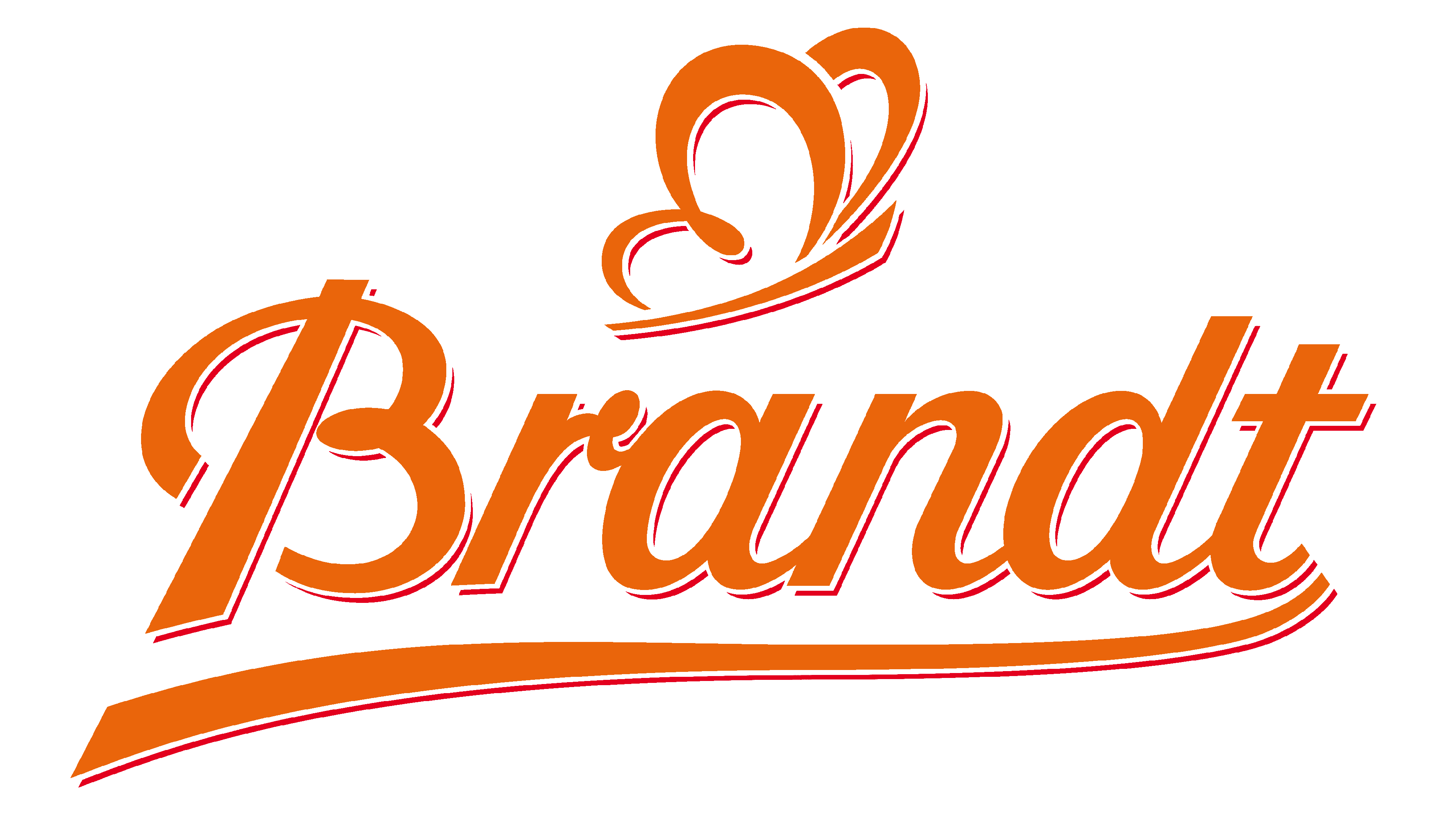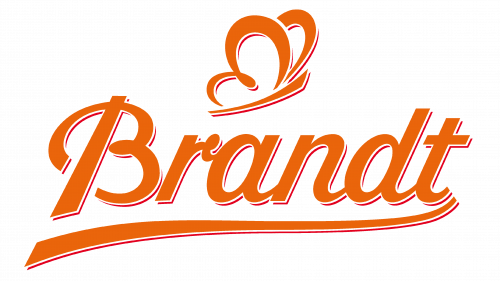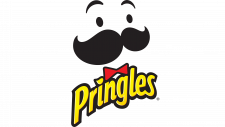Brandt Zwieback Logo
Brandt Zwieback is a savory and crispy teething biscuit that has garnered a legion of fans with its unique blend of flour, sugar, and eggs. The biscuit has a distinctive taste and texture that is derived from a special baking process that involves toasting the bread twice. This results in a biscuit that is both crunchy and tender, with a subtle sweetness that lingers on the palate. Zwieback is a perfect snack for any time of day, whether as a light breakfast, a midday treat, or a satisfying late-night snack.
Meaning and history
The moniker of the renowned baked good, Brandt Zwieback, emanates from the German terms “Brandt,” signifying “scorched,” and “Zwieback,” connoting “bread twice-baked.” This brittle, parched, and faintly sugary bread has been a cherished nibble in Deutschland for more than two centuries. The Brandt corporation, established in 1912, has burgeoned into the preeminent manufacturer of Zwieback across the globe, utilizing conventional techniques and superlative components. The establishment has diversified its product roster over the years to incorporate other confections and savory tidbits, all of which sustain the same allegiance to excellence and flavor. Presently, Brandt persists as a favored choice for health-conscious patrons seeking a scrumptious and gratifying refreshment.
What is Brandt Zweiback?
Brandt Zwieback is a toothsome and crispy gnawing rusk that has amassed a throng of aficionados with its sui generis mixture of flour, sugar, and eggs. The rusk has a characteristic flavor and consistency that is obtained from a distinctive baking method that includes toasting the bread twice. This yields a rusk that is simultaneously crunchy and supple, with a nuanced sweetness that endures on the taste buds. Zwieback is an impeccable nosh for any hour of the day, whether as a modest breakfast, an afternoon indulgence, or a gratifying nocturnal treat.
1912 – 2005
The snack has never had the official logotype, as it was always marketed under the Brandt label. The company’s very first logotype was a circular picture with the capital letter ‘B’, joined with a white ornament of seven branches made in a spiral pattern. A fat orange contour furnished the whole emblem.
2005 – 2013
At the beginning of the 21st century, the company approved the new logotype. It was an orange rectangle with its upper edges rounded and a dark blue stripe at the bottom. Centrally at the top, the brand designers made a dip, containing a happy and bright face of a child. The rectangle’s center was dominated by the white handwritten brand name with a long understroke coming from the tip of the ‘t’.
2013 – today
The latter logotype is just an orange rectangle with three underscored curls, slightly reminding of a heart. Below it stands the company name in a new handwritten script, based on the previous iteration. The inscription has also become larger and got a slim red contour.
Font
The new typeface of the company wordmark resembles the 2005 version in many features. For example, the italic and rounded styles of the letters ‘a’, ‘n’, ‘d’, and ‘t’ remained untouched. The understroke became separated from the tip of the ‘t’, not joined as before. The ‘r’ got a more regular style, not cursive as before. Finally, the vertical bar of the capital letter ‘B’ became straightforward.
Color
The company’s color choice has always been orange – a friendly and distinctive hue that attracts people and gives them a relaxed and secure feel if presented well enough. A white-colored handwritten name caption contrasts with the orange backdrop and stresses the friendliness of the company brand.
















